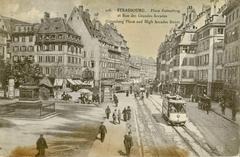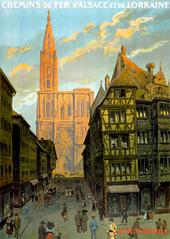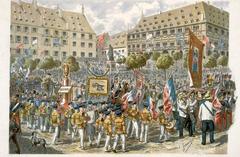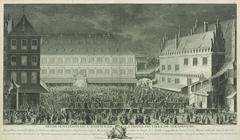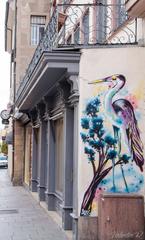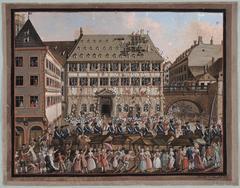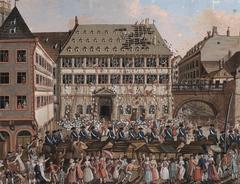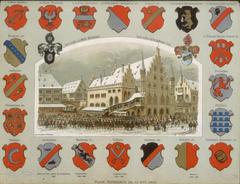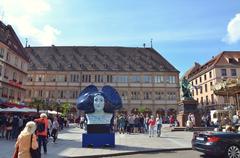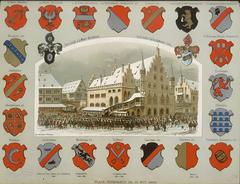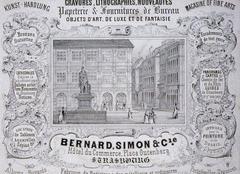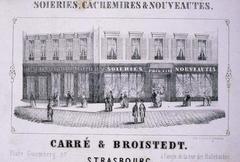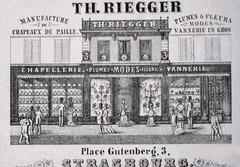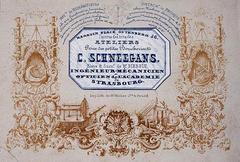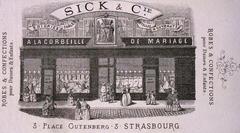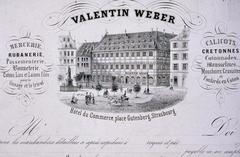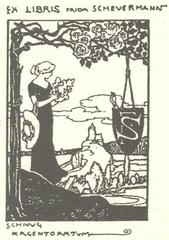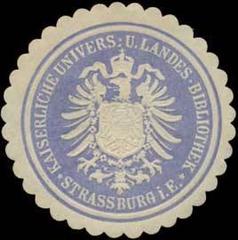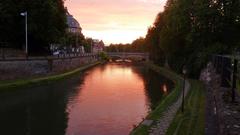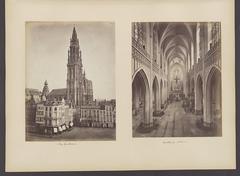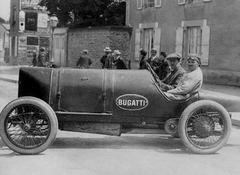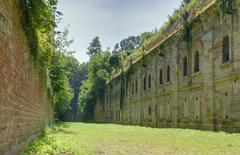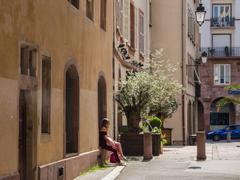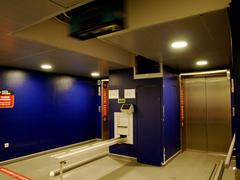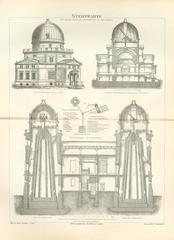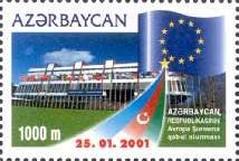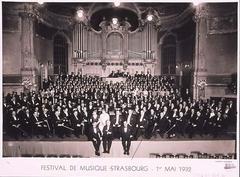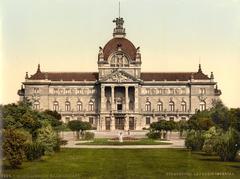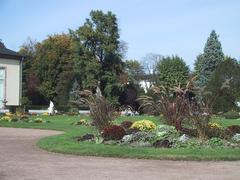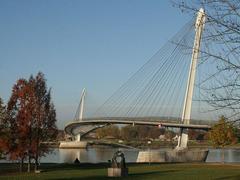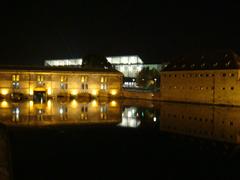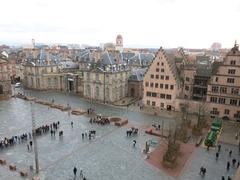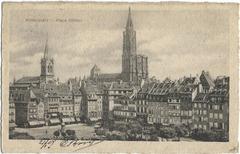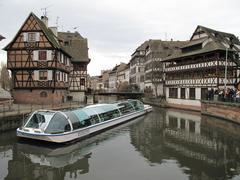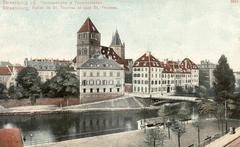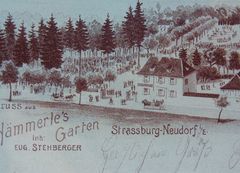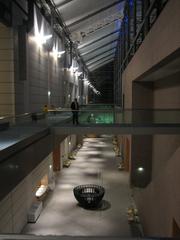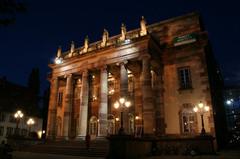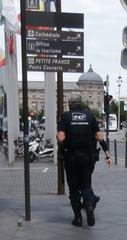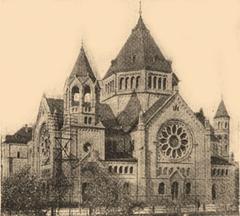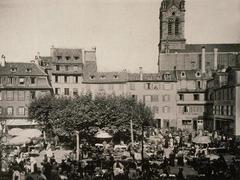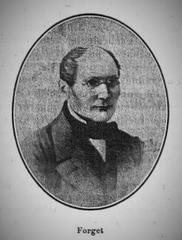
Comprehensive Guide to Visiting Place Gutenberg, Strasbourg, France
Date: 17/08/2024
Introduction
Nestled in the heart of Strasbourg’s Grande Île, Place Gutenberg is a square rich in both history and culture. Named for Johannes Gutenberg—the inventor of the movable-type printing press—Place Gutenberg stands as a monument to the dissemination of knowledge and the spirit of innovation that shaped Europe’s intellectual landscape. Initially functioning as a bustling market square known as Place du Marché aux Herbes from around the year 1100, it was renamed in the 19th century to honor Gutenberg’s transformative work in Strasbourg between 1434 and 1444 (Wikipedia, French Moments). Today, the square is not only a place for historical reflection but also a vibrant urban space hosting cultural events and surrounded by architectural gems. This guide provides a detailed overview of Place Gutenberg’s history, significance, visitor information, and tips to help you make the most of your visit.
Table of Contents
Historical Background
Early History and Development
Dating back to the early 12th century, Place Gutenberg was originally known as Place du Marché aux Herbes, serving as a central market for herbs and produce. Its strategic position in the Grande Île made it a focal point for trade in medieval Strasbourg. By the 19th century, the square was renamed in honor of Johannes Gutenberg, reflecting the city’s pride in its association with the inventor of the printing press (Wikipedia).
Gutenberg’s Influence
Johannes Gutenberg, a native of Mainz, spent a significant period in Strasbourg, where he developed and refined his movable-type printing technology. His innovation marked the beginning of the printing revolution, drastically improving the spread of information and playing a pivotal role in the Reformation and the Renaissance (French Moments). While in Strasbourg, Gutenberg’s work laid the foundation for the city’s reputation as a leading printing center, attracting scholars and artisans (Gutenberg-Gesellschaft).
The Statue of Gutenberg
At the heart of the square stands the bronze statue of Johannes Gutenberg, unveiled in 1840 to commemorate the 400th anniversary of his invention. Sculpted by Pierre Jean David d’Angers, the statue depicts Gutenberg holding a parchment inscribed with “Et la lumière fut” (“And there was light”), signifying the enlightenment his invention brought to the world. The plinth is adorned with reliefs illustrating the global impact of Gutenberg’s work (French Moments, anamnesia.com).
Architectural Significance
The square is bordered by notable buildings, most prominently the Renaissance-style Chamber of Commerce, constructed in 1585 by Hans Schoch. While its colorful frescos are now lost, the building remains a striking example of Alsatian Renaissance architecture. The square’s layout harmoniously blends medieval and Renaissance influences, contributing to its visual allure (Lonely Planet, strassburg.eu).
Economic and Cultural Hub
During the Middle Ages, Strasbourg’s autonomy and location along major trade routes fostered its economic prosperity. The city was a haven for refugees during the Hundred Years’ War and developed into a hub for humanism and the arts, largely due to its flourishing printing industry. This legacy endures in the city’s vibrant intellectual and cultural life (French Moments).
Modern Developments
The 20th century saw Place Gutenberg revitalized with landscaping, trees, and flower beds, enhancing its appeal. An underground parking facility was added to meet growing visitor numbers (Strasbourg.eu). Today, the square hosts seasonal events such as the famed Christmas market and features a vintage carousel popular with families (Wikipedia).
Cultural Significance
Place Gutenberg is a gathering point for both residents and visitors. The weekly book market at the statue’s base is a nod to Gutenberg’s legacy, attracting bibliophiles and collectors alike. Its proximity to key landmarks such as the Cathédrale Notre-Dame and Palais Rohan makes it a central stop on any tour of Strasbourg (French Moments, Lonely Planet).
Visitor Information
Visiting Hours & Tickets
- Place Gutenberg is an open public square, accessible 24/7 with no entrance fee (Strasbourg.eu).
- Guided tours or special exhibitions in nearby sites may have specific hours and ticket prices.
Accessibility
- The square is flat, paved, and wheelchair-accessible.
- Many surrounding attractions and public transport options accommodate visitors with reduced mobility.
Dining & Shopping
- The square is surrounded by cafes and restaurants offering Alsatian specialties such as choucroute garnie and tarte flambée. Outdoor terraces provide a pleasant spot for people-watching (Voyage Tips).
- Nearby, Place Kléber is Strasbourg’s main shopping district, while seasonal markets, especially during Christmas, offer local crafts and delicacies (Touropia).
Nearby Attractions
- Strasbourg Cathedral (Cathédrale Notre-Dame): Renowned for its Gothic architecture and astronomical clock; viewing platform open for a fee (Voyage Tips).
- Petite France: Picturesque quarter with half-timbered houses and canals, ideal for leisurely walks and photography (Touropia).
- Palais Rohan: Baroque residence housing several museums, often called the “Versailles in miniature.”
- Renaissance Chamber of Commerce: A historic building that showcases Strasbourg’s architectural evolution.
Events & Guided Tours
- Christmas Market: Held annually in December, transforming Place Gutenberg into a festive hub (Strasbourg.eu).
- Weekly Book Market: Attracts book lovers and collectors at the base of the Gutenberg statue.
- Guided Tours: Available through local tourism offices and agencies, often including other highlights such as the Cathedral and Petite France (Voyage Tips).
Practical Tips
- Language: French is official, but English and German are widely spoken in tourist areas.
- Currency: Euro (€). Credit/debit cards are accepted almost everywhere, but carrying some cash is advisable.
- Safety: Strasbourg is generally safe; standard precautions against pickpocketing are recommended, especially during busy periods.
- Best Time to Visit: May–September for pleasant weather; late November–December for Christmas markets (Touropia).
- Transportation: The square is within walking distance of major sites; tram lines A and D stop at Homme de Fer, a few minutes away (Voyage Tips).
- Accommodation: The Grande Île offers options from hostels to luxury hotels; book ahead during peak seasons.
FAQ
Q: What are the visiting hours for Place Gutenberg?
A: The square is open to the public at all times. Shops, restaurants, and nearby attractions have their own hours.
Q: Is there an admission fee?
A: No, Place Gutenberg is a public square with free access.
Q: Are guided tours available?
A: Yes, guided tours can be booked through the Strasbourg tourism office or online.
Q: Is Place Gutenberg accessible by public transport?
A: Yes, it is easily accessible by tram and bus, with stops nearby.
Q: What family activities are available?
A: The vintage carousel in the square and the nearby book market are popular with families.
Q: Which attractions are close by?
A: Strasbourg Cathedral, Petite France, Palais Rohan, and the Chamber of Commerce are all within easy walking distance.
Conclusion
Place Gutenberg is a living testament to Strasbourg’s historical evolution and enduring vibrancy. Its transformation from a medieval market square into a symbol of Gutenberg’s world-changing invention mirrors the city’s embrace of progress and culture. Whether you’re drawn by history, architecture, or the city’s festive energy, Place Gutenberg is an essential stop. For up-to-date information on events and attractions, visit the official Strasbourg website.
